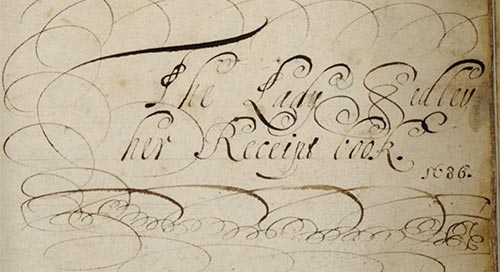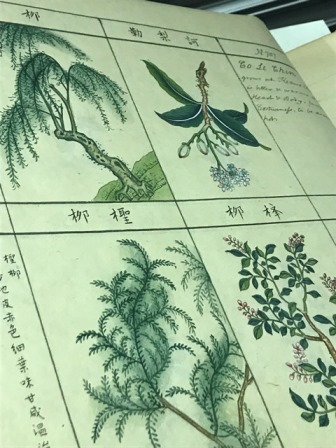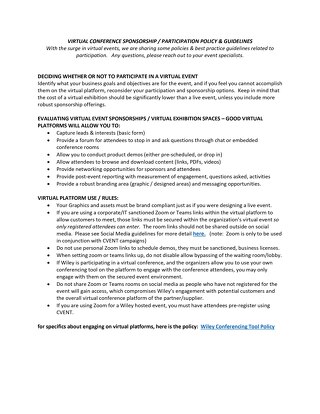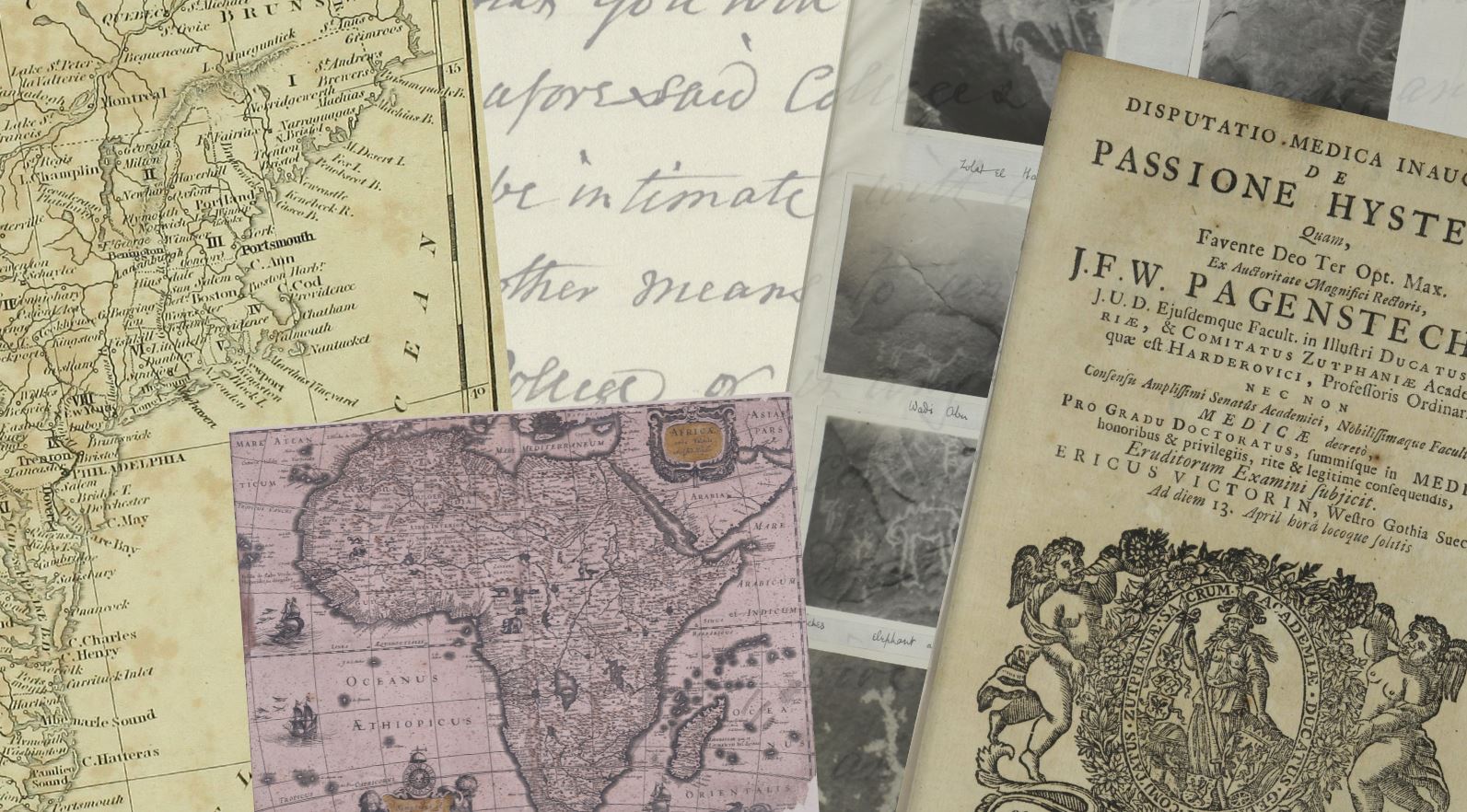a-historical-look-at-birth-control-and-abortion-from-the-royal-college-of-physicians
December 19, 2019
At least in the UK, the question is generally considered settled that women being able to exercise control over their reproductive capacities is a valid contribution to public health and well-being. There has been a long struggle to make the topics of birth control and abortion firstly, even the subject of open discussion, and then, to bring them into the realm of public policy.
I was interested in the part the Royal College of Physicians played in this process, and what their archives could offer historians of the subject.
My first thought: Would there be anything at all on birth control?
Throughout the nineteenth and early twentieth century, contraception was considered an immoral topic of discussion, largely avoided by medical journals. It was the province of sleazy commercial enterprises and considered beneath the dignity of a learned profession. For example, in 1897 Dr. Henry Arthur Allbutt published The Wife’s Handbook which mentioned contraception in the context of maternal health, and for this, he was struck off the Medical Register.
However, much to my surprise, the Royal College of Physicians archives do hold the founding rules of the Malthusian League, 1878, the first British organization established to promote the use of ‘prudential restraints’ within marriage.
Click image to find out more

The situation did not change radically in the early to mid-twentieth century
From 1918 there was increased activism around birth control, driven by concerns over women’s well-being and infant welfare. Interestingly, this was sparked by the work of Dr. Marie Stopes – a PhD in botany, not a medical doctor. The medical profession still remained aloof and somewhat suspicious, as seen in the notes in this 1929 Annual Report of the Ministry of Health found in the Royal College of Physicians archive. The context was one of anxiety about population decline and particularly that the “right sort of women” – i.e. the middle classes, were not having enough babies.
Click image to find out more
HOWEVER: the situation was rather different for abortion
The 1861 Offences against the Person Act read:
[A]nd whosoever, with Intent to procure the Miscarriage of any Woman, whether she be or be not with Child, shall unlawfully administer to her or cause to be taken by her any Poison or other noxious Thing, or shall unlawfully use any Instrument or other Means whatsoever with the like Intent, shall be guilty of Felony.
The expression ‘unlawfully…procuring a miscarriage’ could be seen as implying that there was a lawful procuring of abortion, i.e. by a doctor in cases of clinical necessity.
This was very interesting to lawmakers and medical professionals. What did ‘unlawfully’ mean? Could it be argued that doctors, by the nature of their profession, had lawful reasons to procure miscarriages when they deemed it clinically necessary?
The papers of Sir William Henry Willcox, a leading medical-legal specialist, are particularly illuminating over the Royal College of Physicians formulating its position.
In April 1896 legal counsel gave the opinion to the college that doctors might legally procure abortion to save the mother’s life, saying ‘The law does not forbid procurement of abortion… where such procurement… is necessary to save the mother’s life’.
Click image to find out more
There was also pressure from legal and policing authorities over cases in which doctors were called in to treat women who had undergone illegal interference with pregnancy. This raised legal and ethical issues about whether they should obtain confessions about the perpetrator when it was absolutely clear that it was not a natural miscarriage, and where the limits of professional confidentiality lay. While doctors were encouraged to persuade women to reveal evidence on illegal abortionists, there was no advocacy of the badgering of women in extremity that was common practice in the USA at the same period.
Willcox’s papers contained much more documentation on the matter and correspondence with concerned parties. I’d be interested, when I have more time, to investigate these documents further, as they shed light on the underexplored subject of medical attitudes and practices around abortion before the investigations of the 1930s and the struggle for law reform that led to the 1967 Act.
To learn more about the history of science and medicine, or to request a free trial visit the Royal College of Physicians archives page on Wiley Digital Archives.















